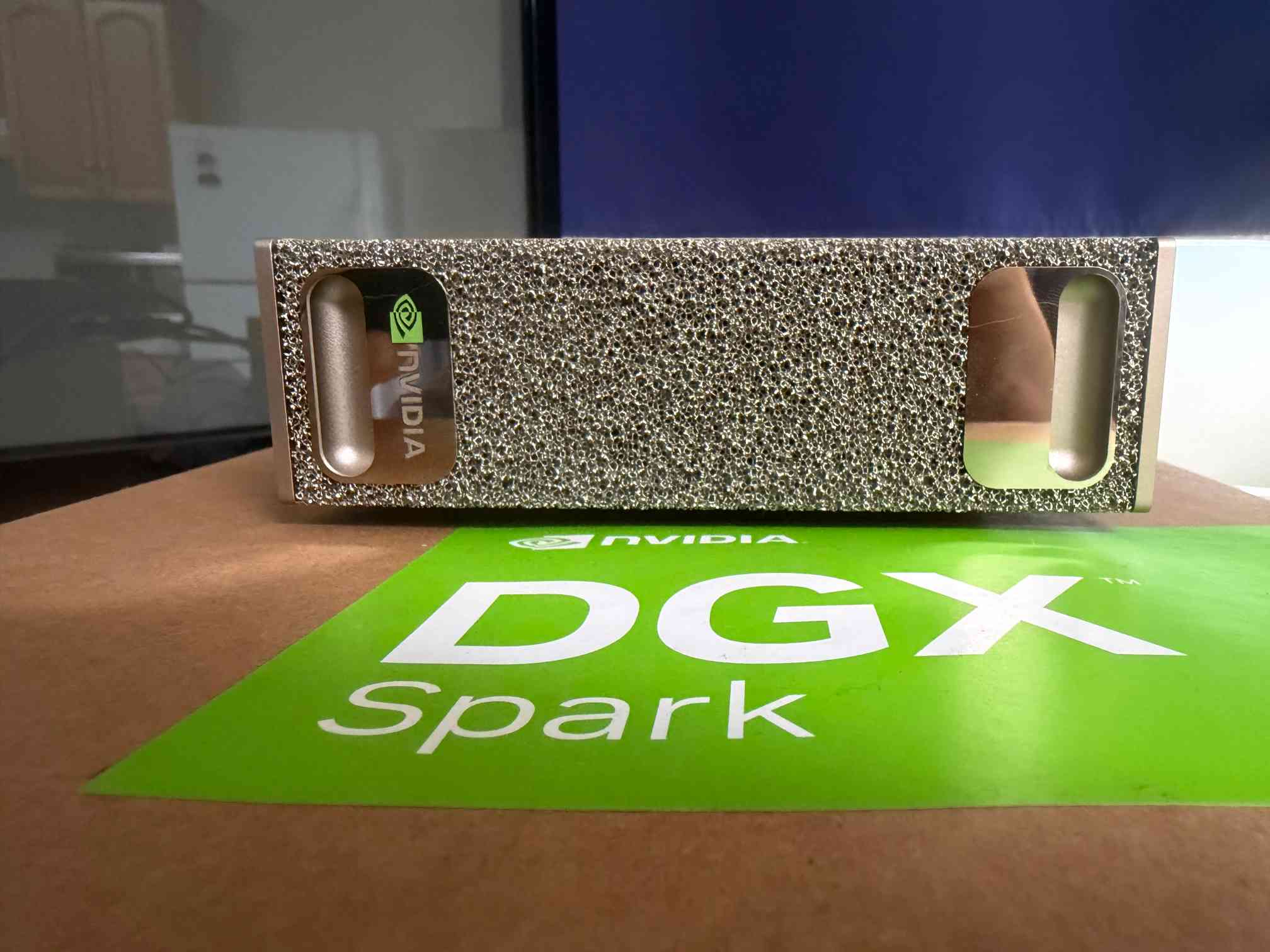11 posts tagged “hardware”
2025
NVIDIA DGX Spark: great hardware, early days for the ecosystem
NVIDIA sent me a preview unit of their new DGX Spark desktop “AI supercomputer”. I’ve never had hardware to review before! You can consider this my first ever sponsored post if you like, but they did not pay me any cash and aside from an embargo date they did not request (nor would I grant) any editorial input into what I write about the device.
[... 1,846 words]100x Defect Tolerance: How Cerebras Solved the Yield Problem (via) I learned a bunch about how chip manufacture works from this piece where Cerebras reveal some notes about how they manufacture chips that are 56x physically larger than NVIDIA's H100.
The key idea here is core redundancy: designing a chip such that if there are defects the end-product is still useful. This has been a technique for decades:
For example in 2006 Intel released the Intel Core Duo – a chip with two CPU cores. If one core was faulty, it was disabled and the product was sold as an Intel Core Solo. Nvidia, AMD, and others all embraced this core-level redundancy in the coming years.
Modern GPUs are deliberately designed with redundant cores: the H100 needs 132 but the wafer contains 144, so up to 12 can be defective without the chip failing.
Cerebras designed their monster (look at the size of this thing) with absolutely tiny cores: "approximately 0.05mm2" - with the whole chip needing 900,000 enabled cores out of the 970,000 total. This allows 93% of the silicon area to stay active in the finished chip, a notably high proportion.
2010
A Turing Machine. Someone finally built a real turing machine—and it’s beautiful. All calculations are carried out on a tape, which has 1s and 0s written on it by a robotic dry-erase marker. Hypnotic.
2008
bunnie’s blog: OLPC XO-1 (via) Bunnie Huang critiques the hardware design of the OLPC XO-1.
2007
Johnny Chung Lee: Projects Wii. Awe-inspiring hardware hacks built on top of the Wiimote, including a dirt cheap interactive whiteboard and a head tracking system that turns a normal display in to a 3D VR environment.
OLPC: Give 1 Get 1. The long rumoured “buy two OLPCs, donate one to the third world” scheme is actually happening. I plan to get one; the robustness, battery life and WiFi range should make for an excellent conference / outdoor machine.
TechShop: Geek Heaven. Like a fitness club for people who make stuff: a ridiculous amount of exciting hardware (including laser etchers, robotic milling machines and a 3D printer) and trainers on hand to show you how to use it all. Sadly it’s in Menlo Park which is a bit of a trek from Brighton.
BBC Olinda digital radio: Social hardware. Schulze and Webb made a social radio prototype for the BBC; the IPR will be under an attribution license so manufacturers can run with it without asking for permission first.
Arduino. Open source hardware hacking. It’s way easier than you would think.
From Pixels to Plastic. Awesome talk given by Matt Webb at ETech, on the emerging culture of Generation C, cheap hardware prototyping and physical extensions to the online world.
Mono-based device wins Best-of-Show at CES. “The Sansa Connect is running Linux as its operating system, and the whole application stack is built on Mono, running on an ARM processor.”
